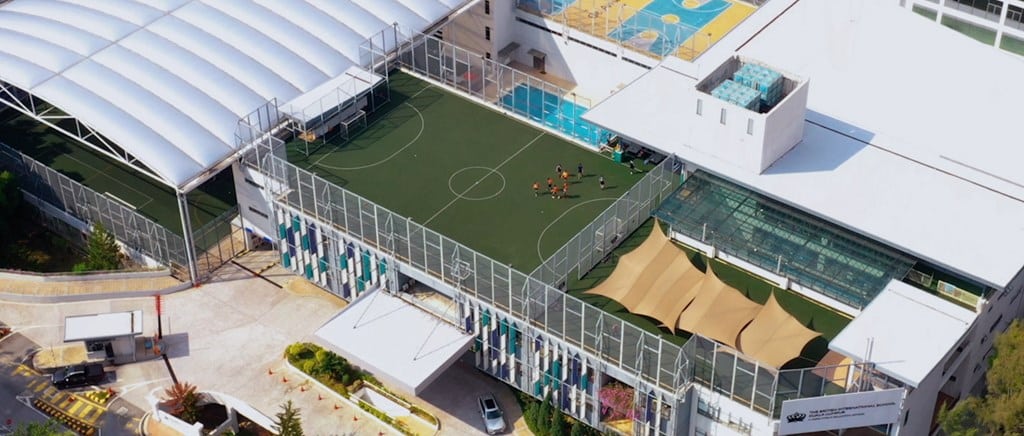Students are less worried and more eager to learn when arithmetic is applied to real-life circumstances.
It’s not easy teaching high school arithmetic. However, adapting to the technology world has had a significant impact on students’ and educators’ physical, emotional, and mental health.
Teaching math students has also inspired and motivated me to share my enthusiasm for math with my students. Here are five ways I’ve tried to help pupils learn math better.

# 1. CHANGE IN TEACHING
Teaching likewise has the capacity to change students’ lives as they seek improvement. In my classroom, kids become less nervous about math and more eager to investigate concepts by applying them to real-life situations. In spite of using hands-on activities and experiential learning, I engage my students to work with classmates, strengthen math abilities, and reflect on their learning.
It was amazing to see how they used quantitative calculations and models to finance their endeavour. To make a quick profit, pupils used a variety of tactics. The class celebrated the project’s completion with a pizza party.
# 2. ENCOURAGE
Students want to be inspired to attain their academic goals. Tutor can use visual aids and activities to identify student needs and encourage student choice. Making learning relevant and creating connections inspires kids to think and contribute freely.
In classroom, we can talk about arithmetic and learn about our students’ hobbies.
The pupils had fun and learned how to combine math and baseball. Student-centered activities let students interact, feel respected, and engage without fear of ridicule.

# 3. ACKNOWLEDGE
Building on pupils’ strengths and improving their flaws helps me see where they are and where they need to improve. In math class, we learn by making mistakes and failing. Falling forward is one of the SAFE framework’s methods. It is always fantastic to observe kids’ “aha” moments when they recognise and understand challenges and how to fix them.
# 4. COLLABORATE
Tutor can employ cooperative learning strategies to encourage tolerance, communication skills, and deeper knowledge.
During a unit review, students tackled several issues, discussed them in breakout rooms, and then shared their work. Students collaborated to solve difficulties. Math scavenger hunts are a great way to learn more about a topic.

# 5. HELP STUDENTS ACHIEVE
With remote education, students must be self-motivated and accountable for their own learning. In creative problem-solving, these methods assist build pupils’ self-esteem and confidence.
Student’s weekly checklist with expectations and goals.
Flexibility, originality, enjoyment, and a meaningful learning environment are crucial components of excellent math education. Then students will love to dream big and learn forever.









